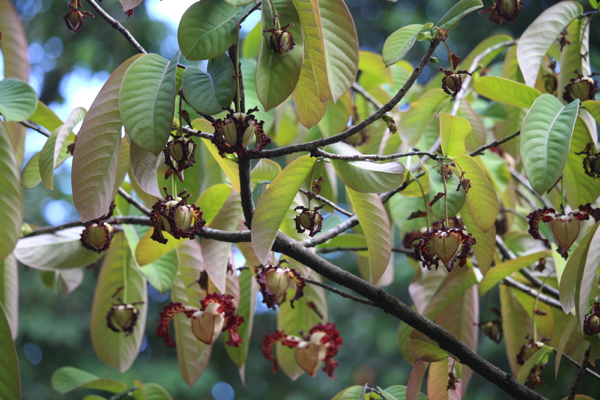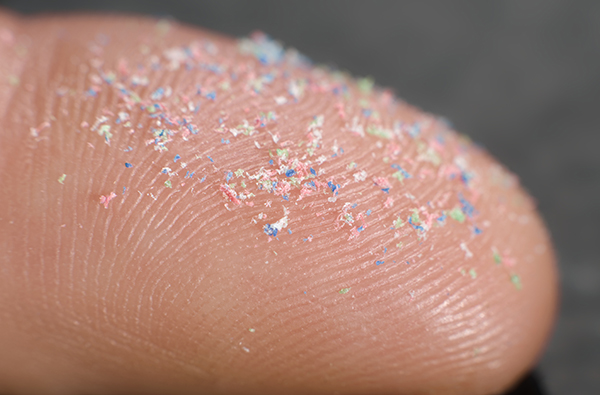
- Japanese physician Kanehiro Takaki conducted a groundbreaking experiment that linked beriberi to a deficient diet of polished rice, challenging the prevailing belief that it was caused by an infectious agent.
- British naval physician Dr. James Lind conducted a meticulously controlled experiment that proved citrus fruits could prevent and cure scurvy, despite his findings facing resistance for nearly a century.
- Christiaan Eijkman's experiments in the Dutch East Indies revealed that polished rice lacked a vital substance (later identified as vitamin B1), which was essential for preventing beriberi.
- The 20th century saw significant changes in food production and processing, leading to the depletion of nutrients in refined foods and the rise of processed products, underscoring the ongoing struggle for balanced nutrition.
- The pioneering work of these researchers laid the foundation for modern nutritional science, emphasizing the importance of observation, perseverance and a holistic approach to understanding the complex interplay of factors contributing to health and well-being.
Unraveling the mysteries of nutrition
In the Dutch East Indies, Christiaan Eijkman was investigating beriberi and made a revolutionary discovery. His experiments with chickens revealed that polished rice, stripped of a vital substance, was the culprit. This substance, later identified as vitamin B1, was essential for preventing beriberi. Eijkman's work, along with that of other pioneers like Casimir Funk, who coined the term "vitamine," laid the groundwork for the science of vitamins. As the world entered the 20th century, the industrial revolution brought significant changes to food production and processing. White bread, once a symbol of refinement, was now stripped of its nutrients. Margarine, a cheap substitute for butter, lacked essential fatty acids. Refined sugar became a staple, contributing to a host of health problems. Scientists like Elmer McCollum and his experiments with rats, and Dr. Joseph Goldberger's work on pellagra, continued to unravel the mysteries of nutrition. They discovered the importance of vitamins A and D and the devastating effects of deficiencies in these vital substances. The legacy of these pioneers is evident in the way nutrition today, as the science of nutrition has evolved from a niche field to a cornerstone of public health. A balanced diet, rich in whole foods, is crucial for maintaining health. Moreover, the importance of vitamins, minerals and other nutrients in preventing disease and promoting longevity is widely recognized. However, the battle is far from over. The rise of processed foods, the depletion of nutrients in our soil and the persistence of nutritional deficiencies in many parts of the world remind us that the revolution in nutrition is an ongoing process. Three things can be learned from this journey through the history of nutrition. First, the power of observation and curiosity. Takaki, Lind, Eijkman and others challenged the status quo and changed the course of history. Second, the importance of perseverance. Despite skepticism and resistance, these pioneers continued to pursue their research, driven by a desire to improve human health. Lastly, the need for a holistic approach. Nutrition is not just about individual nutrients but about the complex interplay of factors that contribute to health and well-being. Watch this video about "The Vitamin Hunters" by Albert von Haller, which delves into the unseen revolution in nutrition. This video is from the BrightLearn channel on Brighteon.com. Sources include: Brighteon.ai Brighteon.comCalabash nutmeg: A hidden gem of African superfoods
By Zoey Sky // Share
Five reasons to eat sesame seeds
By News Editors // Share
Del Bigtree and Mike Adams unpack the MAHA movement’s impact and future goals
By Finn Heartley // Share
Prepper essentials: Why bucket food is a game-changer for emergency preparedness
By HRS Editors // Share
Unveiling the mystique of vetiver: An essential oil for wellness
By Laura Harris // Share
Aloe vera: Top uses for this easy-to-grow plant
By News Editors // Share
New hybrid mpox strain detected in U.K. sparks global concern
By patricklewis // Share
Qatar and Turkey propose two-year Hamas disarmament plan as Israel rejects extended timeline
By kevinhughes // Share
Zelensky agrees to hold elections under pressure from Trump
By bellecarter // Share
AI-priced groceries: Instacart's secret experiments inflate your food bill
By isabelle // Share











